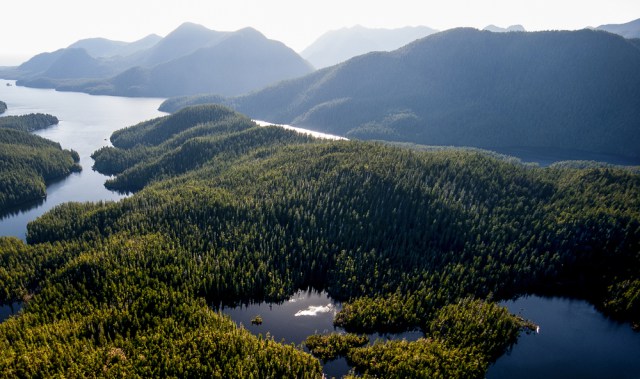Plantations International Information

Adams (TNC). Initially published by The Nature Conservancy as The Original Environment Option. Simply as the world reaches grips with the seriousness of limiting international warming up to beneath 2 ° C, the official UN body accuseded of environment science(the IPCC)has actually been accuseded of comprehending possible influences if temperature levels increase 1.5 ° C over pre-industrial levels and how we could limit discharges to stay beneath this threshold.For those acquainted with the complexities of climate change as well as the communication challenges it encounters– the 1.5 number is not new in as well as of itself– scientists have lengthy emphasized the requirement to keep warming levels to’well-below’2 ° C. And also as 130 countries authorize the Paris Contract– the world’s initial totally extensive climate contract which outlines a collective goal of keeping worldwide heating to listed below 2 ° C, it also consists of belief to seek efforts to limit the temperature level increase to 1.5 ° C.Understanding the relevance of this distinction of 0.5 levels calls for a thesis in its very own right, and also lots of analysts are concerned with exactly how we might get there.Emerging agreement is resulting in a growing concentrate on the demand for ‘adverse discharges’innovations. Simply puts, how do we take CARBON DIOXIDE out of the atmosphere once it’s been developed. It can refer to a myriad of debatable and also technically hard innovations, and also typically imply the large range implementation of carbon capture as well as storage space innovations that bury CO2 deep underground.My job at The Nature Conservancy is international, yet I am based in Oxford, where we are creating partnerships with Oxford University to explore this subject. Later on this year, Oxford University is holding an international conference where scientists, policymakers, companies as well as civil culture will integrate to better recognize just what it would certainly take to get to 1.5 degrees. My hope is that by after that, we will certainly have been effective in starting to alter the narrative– backed up by our very own emerging research– regarding the range of the duty that nature (an often neglected solution )could play to support our climate.The time for organic solutions is now Land usage is already high up on the IPCC schedule: an added special file will certainly cover ‘desertification, continent deterioration, lasting land administration, food security and also greenhouse gas changes in terrestrial environments’. This is an incredibly complex collection of concerns, that cross reducing emissions as well as adapting to a changing globe– however at its core is a very easy suggestion: nature has a central role.This is a topic I have actually covered a whole lot in current months, but basically, it is that natural environment solutions are offered to us today– on a substantial, worldwide range– at the time we require them most as well as when time is not on our side. Just how do we understand this? Most recent research shows us that nature can supply around a 3rd of what we should accomplish to slow or quit climate adjustment in the following 20 years, if we aid in means such as avoiding logging, improving continent management methods and also recovering already-degraded lands.The transition of the world’s energy system from fossil-dominated to lower-carbon resources is under method, and also signs are encouraging. Yet it is not taking place promptly enough to avert devastating environment adjustment. It is this simple reality– that the continent usage market is the only sector that can switch from being a net resource of carbon to an internet sink within as a little as a years. It deserves checking out that sentence again.All the scientific research suggests that for us to restrict heating to 1.5 levels, we must improve the role played by nature– which is in fact, the original environment solution. We should save nature to save ourselves. Or save nature so it can conserve itself as well as allow it to do just what it does finest. Maintain the planet to life. Plantations International
The post After Paris– Nature’s function in mission 1.5 degree appeared first on Plantations International.
